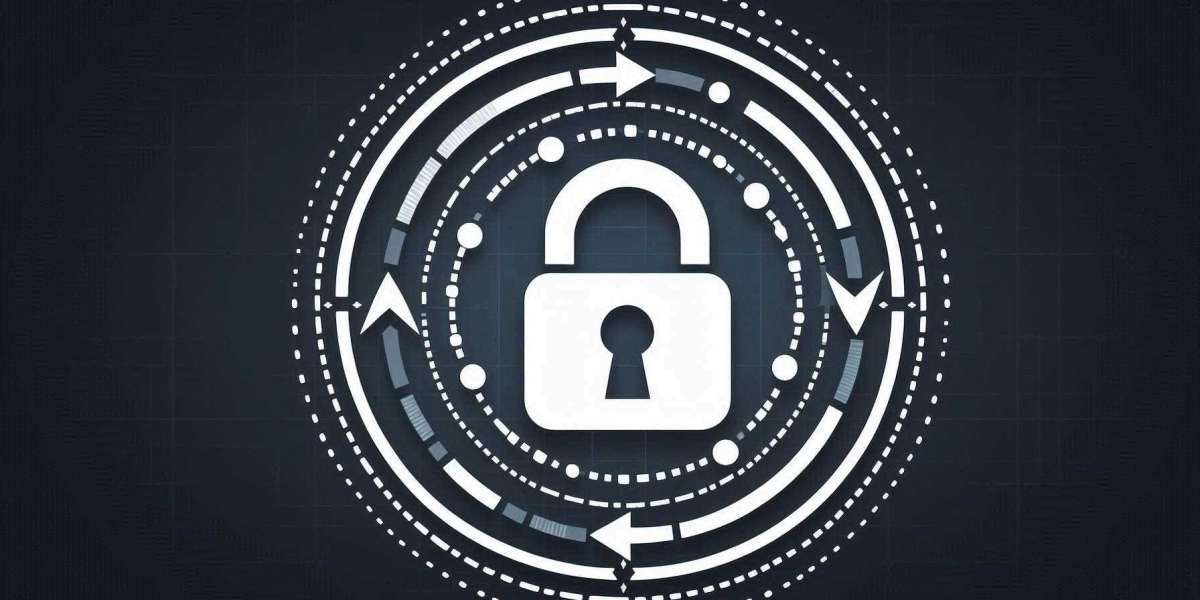In today’s digital world, traditional security methods are no longer enough. The Zero Trust Security Model offers a new way to protect your organization’s data and systems. Instead of relying on a single, secure perimeter, Zero Trust assumes that threats can be anywhere. This model provides a more robust and adaptable approach to cybersecurity.
What is the Zero Trust Security Model?
The Zero Trust Security Model is based on the principle of “never trust, always verify.” This approach rejects the idea that anyone or anything inside the network is automatically trustworthy. Every user, device, and application must be continuously verified, regardless of their location.
Key Principles of Zero Trust
- Continuous Verification: Traditional security models often grant trust once users are inside the network. Zero Trust requires ongoing verification of all users, devices, and applications. This means every access attempt is checked and validated.
- Least Privilege Access: Zero Trust enforces the principle of least privilege. Users and devices only get access to what they absolutely need. This reduces the risk of unauthorized access and limits potential damage from security breaches.
- Network Segmentation: The Zero Trust model divides the network into smaller, isolated segments. This containment strategy prevents attackers from moving freely within the network. Even if one segment is compromised, the threat remains contained.
- Proactive Threat Assumption: Zero Trust operates under the assumption that threats can exist both inside and outside the network. This proactive stance leads to stringent security measures and continuous monitoring to detect and respond to suspicious activities swiftly.
- Contextual Access Decisions: Access decisions in a Zero Trust environment are based on multiple factors. These include user identity, device health, location, and behavior patterns. This comprehensive approach ensures that access is granted only when all criteria meet strict security standards.
Why is Zero Trust Important?
The Zero Trust Security Model is crucial in today’s cybersecurity landscape for several reasons:
- Evolving Threat Landscape: Cyber threats are becoming more sophisticated. Traditional security methods often focus on defending the network perimeter. However, attackers now target internal systems and exploit weaknesses. Zero Trust’s continuous verification approach helps mitigate these risks.
- Remote Work Challenges: With the rise of remote work, the traditional network perimeter has become less relevant. Employees work from various locations and use different devices. Zero Trust ensures that these new challenges are addressed by applying consistent security measures, regardless of where users are located.
- Regulatory Compliance: Regulations like GDPR and HIPAA require stringent data protection measures. Zero Trust helps organizations meet these requirements by enforcing tight access controls and monitoring data access. This ensures that sensitive information remains protected and compliance is maintained.
- Enhanced Visibility: Zero Trust provides greater visibility into network traffic and user behavior. This allows for real-time threat detection and faster response to potential incidents. Organizations can better understand who is accessing their systems and how they are interacting with their data.
- Scalability: As organizations grow and adopt new technologies, their security needs evolve. Zero Trust offers a scalable framework that adapts to changing business requirements. It supports a wide range of use cases, from cloud environments to IoT devices.
Implementing Zero Trust: Practical Steps
- Assess Current Security Posture: Evaluate your existing security infrastructure. Identify gaps and weaknesses in your current approach. This assessment will help you understand where Zero Trust principles can be applied most effectively.
- Define Security Policies: Establish clear policies for access control and data protection. Determine who needs access to what resources and under what conditions. Ensure these policies align with Zero Trust principles and regulatory requirements.
- Deploy Identity and Access Management (IAM) Solutions: Implement IAM solutions that provide robust authentication and authorization mechanisms. These tools help ensure that only verified users and devices can access your network resources.
- Implement Microsegmentation: Divide your network into smaller segments to limit lateral movement. Use firewalls, virtual LANs (VLANs), or software-defined networking (SDN) to create these segments. This isolation helps contain potential breaches and minimizes their impact.
- Continuous Monitoring and Analytics: Set up systems for real-time monitoring and analysis of network traffic and user behavior. Use this data to detect anomalies and respond to potential threats swiftly. Tools like Security Information and Event Management (SIEM) can be helpful in this regard.
- Regularly Update and Test Security Measures: Cyber threats evolve rapidly, so it’s essential to keep your security measures up-to-date. Regularly review and test your Zero Trust policies and tools to ensure they remain effective against new and emerging threats.
- Educate Your Team: Ensure that all employees understand the importance of the Zero Trust model. Provide training on best practices for maintaining security and managing access. A well-informed team is crucial for the successful implementation of Zero Trust.
Benefits of Adopting Zero Trust
- Improved Security Posture: Zero Trust enhances your organization’s security by continuously verifying every access attempt. This reduces the risk of unauthorized access and data breaches.
- Enhanced Protection Against Insider Threats: By applying the principle of least privilege and segmenting the network, Zero Trust helps mitigate the risk posed by insider threats. Even if an insider attempts to exploit their access, the damage can be contained.
- Greater Visibility and Control: Zero Trust provides comprehensive visibility into network traffic and user behavior. This allows for better control over who accesses your systems and how they interact with your data.
- Compliance with Regulations: Zero Trust helps organizations meet stringent regulatory requirements for data protection. By enforcing strict access controls and monitoring data access, you can maintain compliance with regulations like GDPR and HIPAA.
- Adaptability to Modern IT Environments: Zero Trust is designed to be flexible and scalable. It can adapt to various IT environments, including cloud services, IoT devices, and remote work setups. This adaptability makes it a valuable framework for modern organizations.
Conclusion
The Zero Trust Security Model represents a significant shift in how organizations approach cybersecurity. By embracing continuous verification, least privilege access, network segmentation, and proactive threat assumptions, organizations can build a robust defense against both internal and external threats. As the digital landscape continues to evolve, adopting Zero Trust principles will be essential for safeguarding your valuable assets and ensuring a strong security posture.
Implementing Zero Trust requires careful planning and execution. However, the benefits it offers in terms of enhanced security, improved visibility, and regulatory compliance make it a worthwhile investment. By taking practical steps to integrate Zero Trust into your security strategy, you can better protect your organization in today’s complex and dynamic threat environment.








